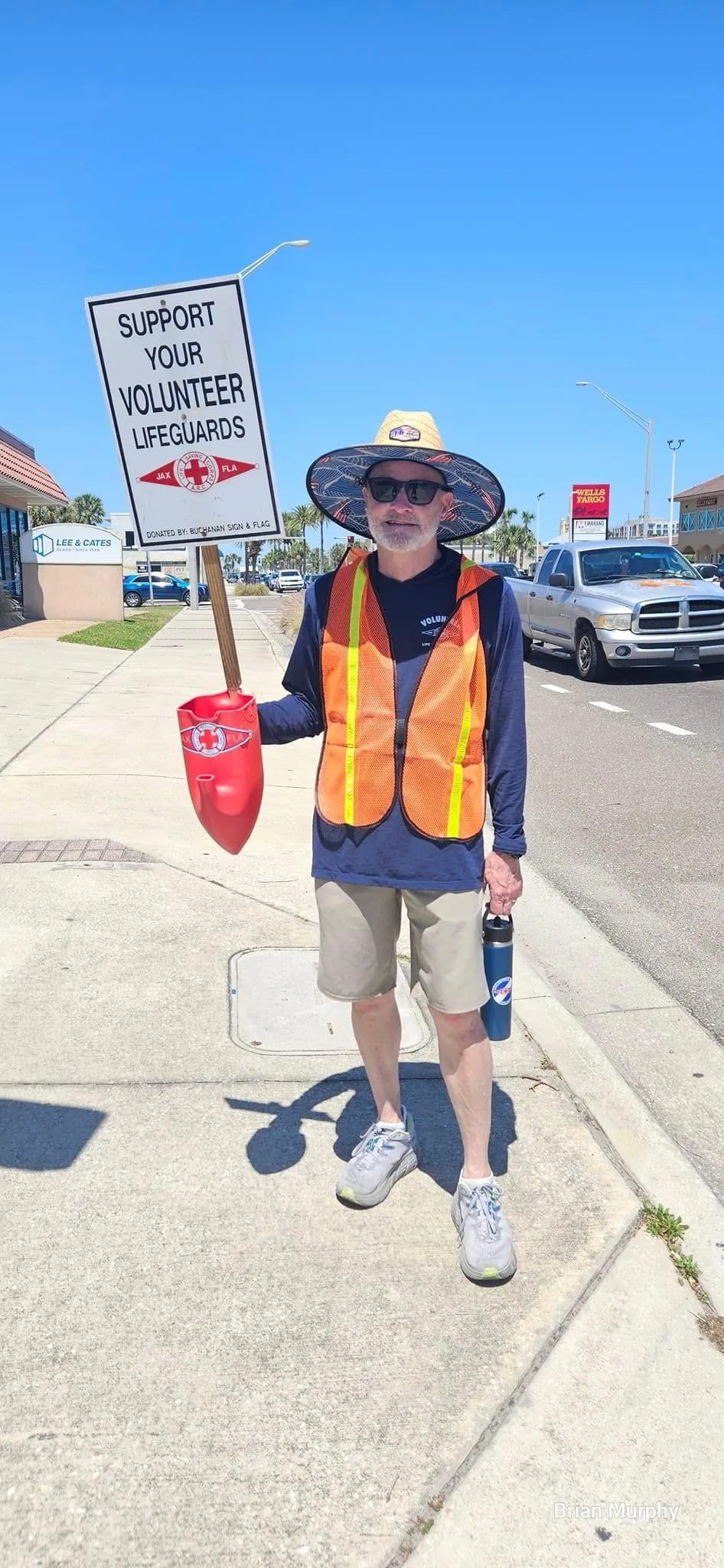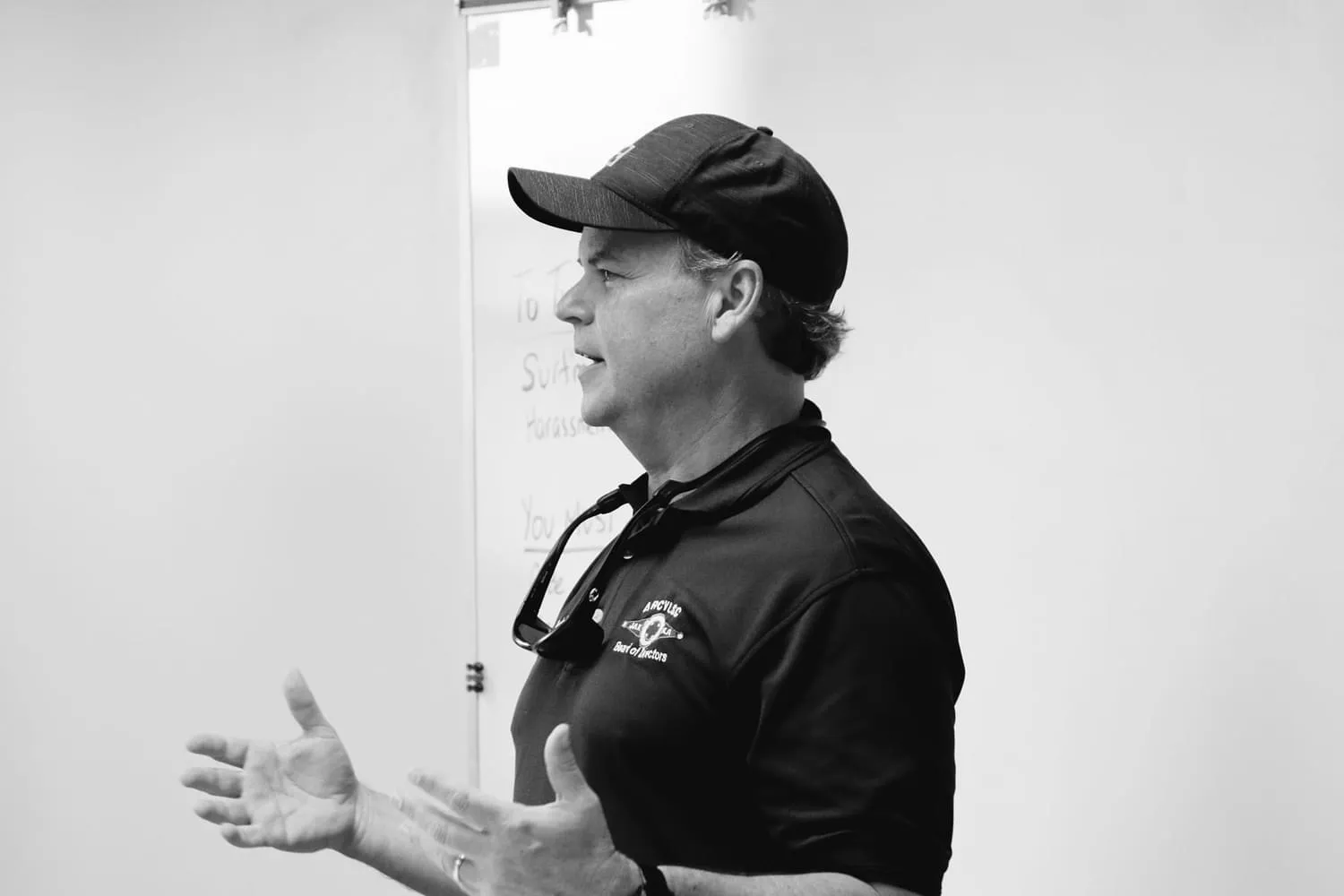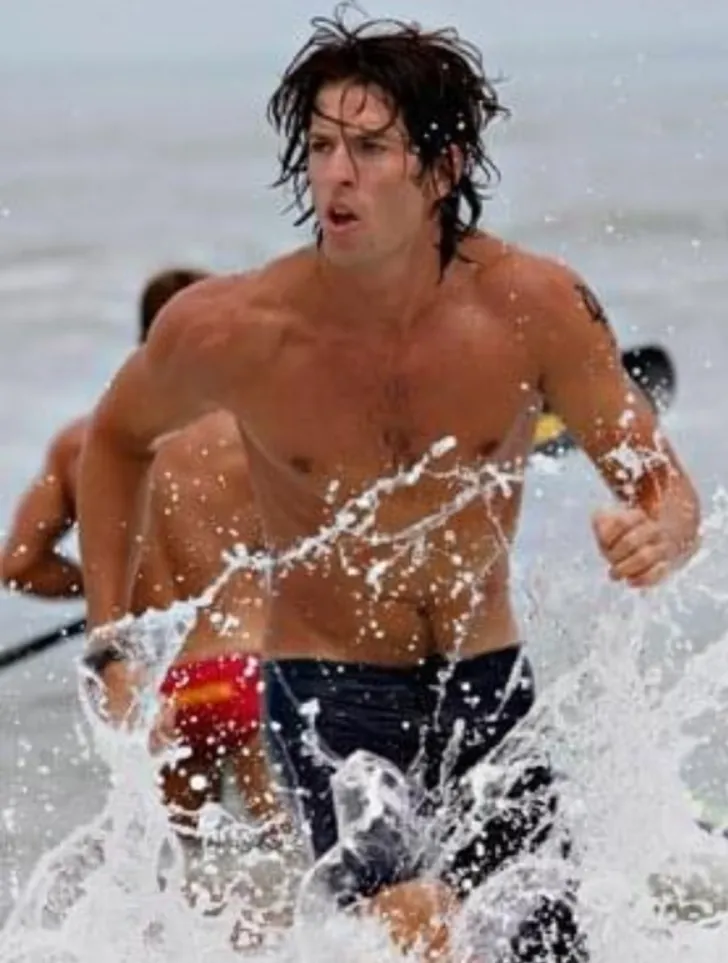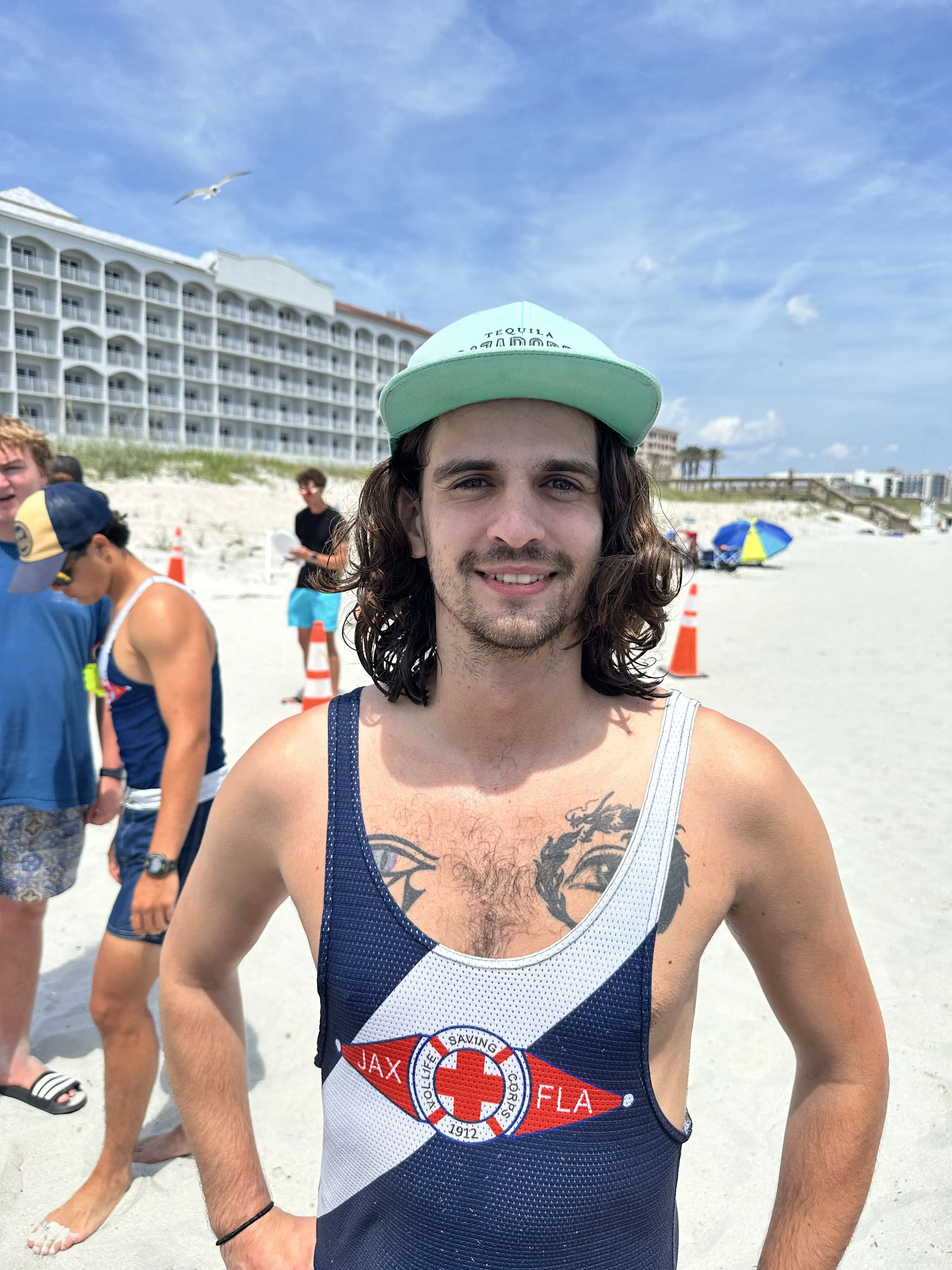Volunteer Life Saving Corps
Our Mission
To maintain a group of individuals thoroughly trained in life-saving and first aid, who are expected to respond promptly in any emergency requiring such service, regardless of time or place.

Volunteer Life Saving Corps
Our 2024 Season
We’re thrilled to share our 2024 Annual Report with you! This year has been packed with unforgettable moments—whether it was life-saving rescues, major training achievements, or fun community events. From the 4th Annual Clay Shoot to our Summer Social and everything in between, it’s been an action-packed year. Take a look at the report to see how our team has been making a difference on the beach and what exciting plans we have in store for 2025.
Join us in reflecting on the year’s accomplishments and looking forward to the future of the Corps.
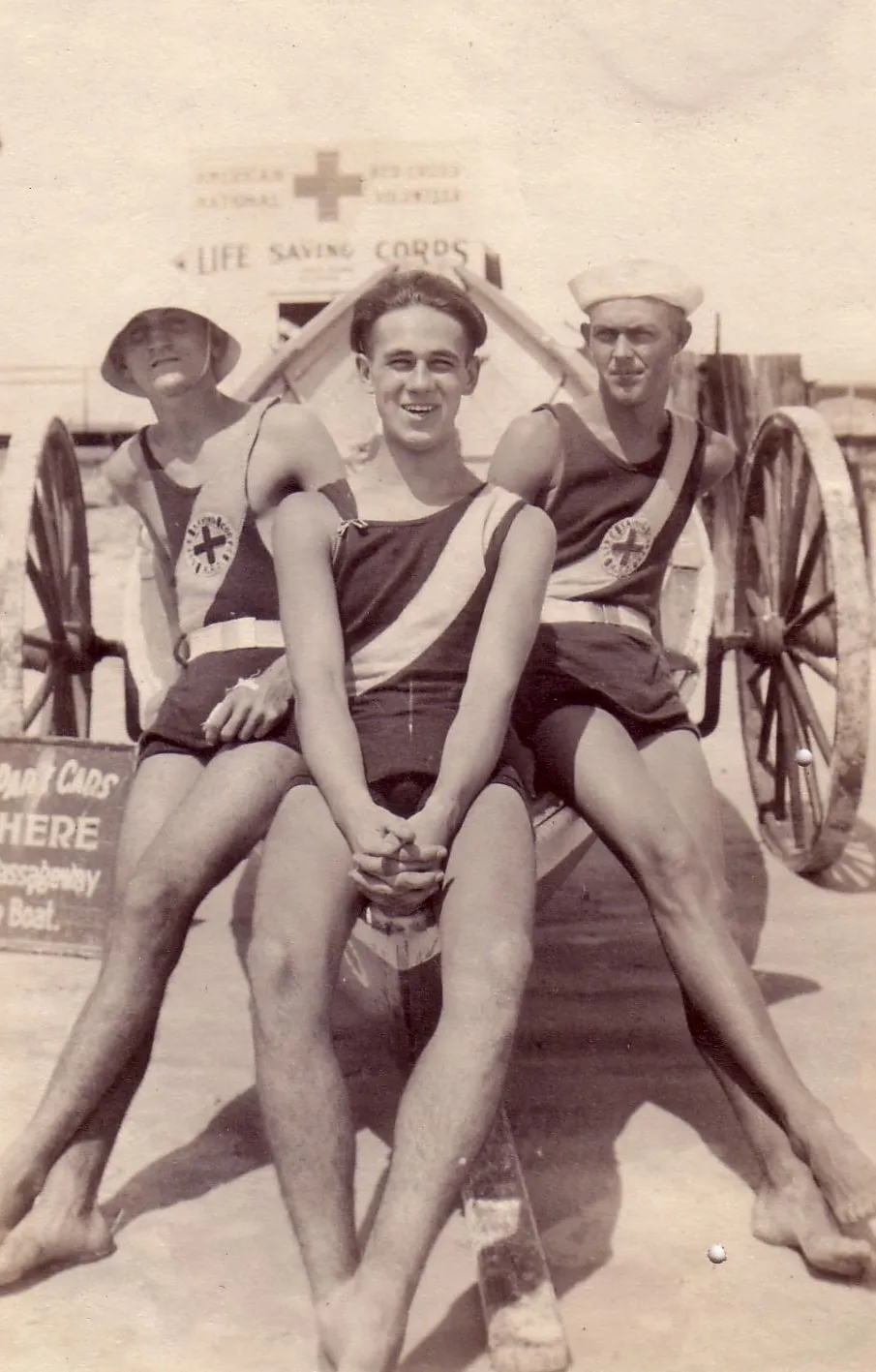
Volunteer Life Saving Corps
About Us
The Volunteer Life Saving Corps was founded in the summer of 1912 to address a critical need for life-saving services at Pablo Beach, now known as Volunteer Life Savings Corp. Before the Corps' establishment, the beach lacked facilities to protect the many visitors who came each weekend and holiday during the summer season. Accidents were common, and bathers caught in dangerous situations often had to fend for themselves or risk their lives attempting to help others. In cases of serious injury, medical attention was often too far away to be effective. There was an urgent need for organized efforts to prevent accidents and provide rescue and medical services.”
Dr. Lyman G. Haskell, a Jacksonville physician, was alarmed by the high number of drownings and the lack of safety measures at the unguarded beaches. Concerned for the safety of the bathers, he conceived the idea of the Life Saving Corps. Dr. Haskell enlisted the help of Clarence H. Macdonald, Playground Director for the City of Jacksonville. Together, they planned and organized the Corps, recruiting the first members from the YMCA’s Senior Leader Corps. This group of highly trained swimming and gymnastics instructors worked under Dr. Haskell, who served as the Corps' first Medical Officer, while Macdonald took on the role of the first Captain, overseeing beach operations and training.
Volunteer Life Saving Corps
About Us
The initial Corps members provided their own basic equipment and established lifeguard and first aid services starting in the summer of 1912. This volunteer service continued every Sunday and holiday without interruption from its inception. During World War I, the Corps faced significant challenges, including a reduced number of active members and long duty hours, sometimes up to fourteen hours at a stretch. Despite these difficulties, they maintained their commitment to public safety.
In the early years, the American Red Cross had not yet entered the field of lifesaving. The Jacksonville Life Saving Corps operated as a unit of the United States Life Saving Corps. It wasn’t until 1914 that the American Red Cross began its lifesaving work under Commodore Longfellow. Through discussions between Longfellow and Macdonald, the Red Cross was persuaded to join the lifesaving community, with the Corps becoming its first unit. The Corps received its official charter from the National Chapter of the Red Cross in Washington, D.C., on April 17, 1914. To this day, it remains the only organization of its kind in the United States.
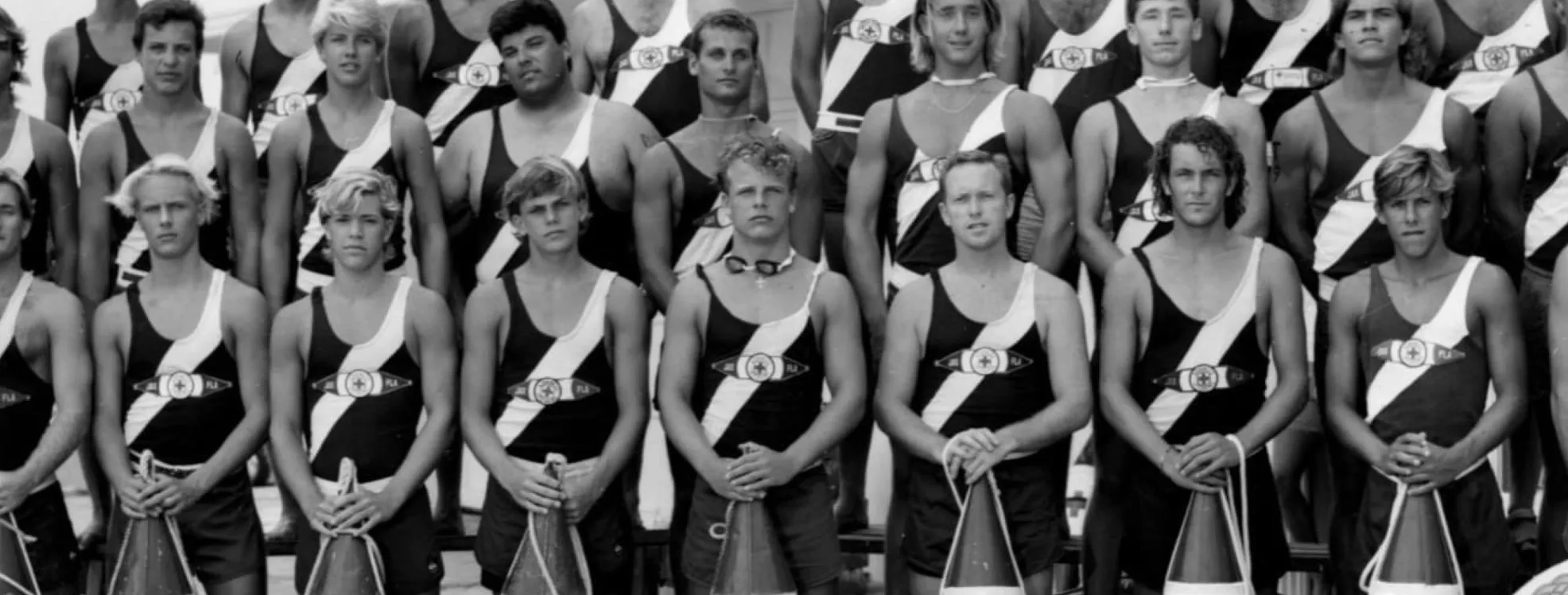
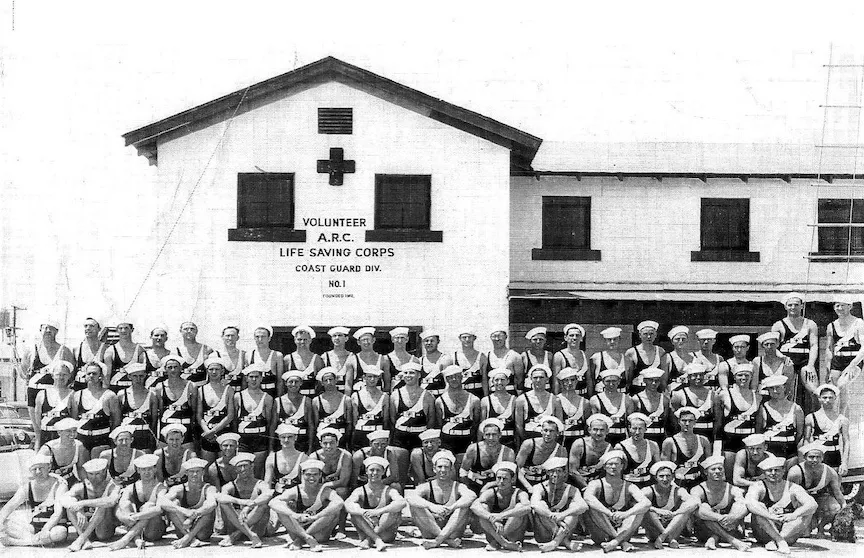
Volunteer Life Saving Corps
About Us
The early accommodations for the Corps were rudimentary. The first station was a simple structure that suffered frequent damage from storms, even being blown over twice before being anchored to a concrete foundation in 1915. It was not until 1920 that a new station was built, reflecting the vision of Captain W.J. Schubert. This new facility included a clubroom, dormitory, first aid rooms, an early guard room, a Captain’s room, and showers. In 1927, additional spaces such as a boat room and a second dormitory were added. The latest station was built in 1947 and it survives to this day.
A significant advancement came in 1919 when Henry W. Walters, a devoted friend of the Corps, invented the Walters’ Torpedo Buoy. This hydrodynamic rescue device improved on previous equipment and was formally adopted as standard by the American Red Cross in 1935. Although the Corps transitioned to modern plastic surf rescue buoys in the 1990s, the Walters’ Torpedo Buoy remains a cherished symbol of the Corps’ rich history and ongoing dedication to lifesaving.
Volunteer Life Saving Corps
Meet Our Board Leadership
Volunteer Life Saving Corps
